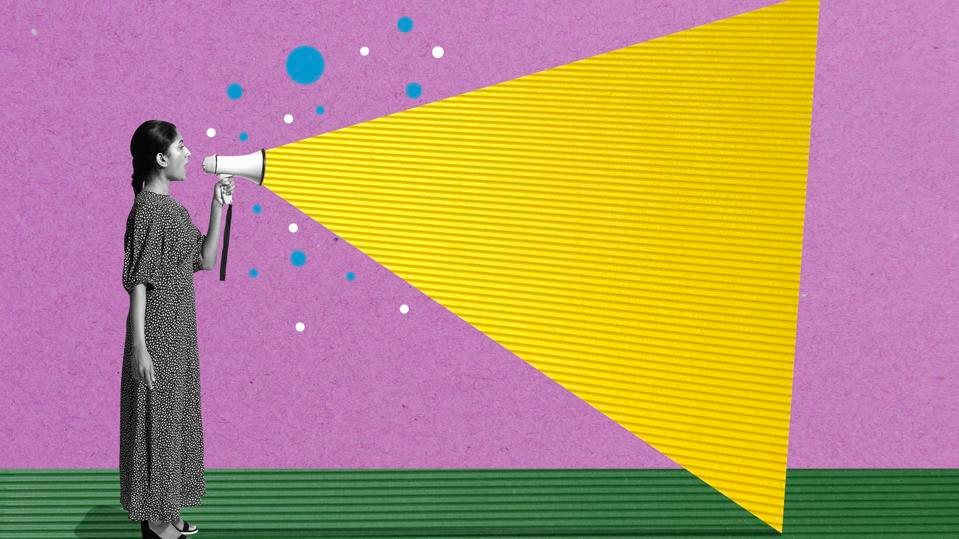Since my credit card has a $3,000 credit limit, there’s no harm in spending up to my limit, right? Not quite.
When you get approved for a credit card, it may be tempting to start making big purchases under the internal promise that you’ll pay the balance off in the future. Running up your balance to the top end of your credit limit can be damaging in two ways: You’ll end up paying a ton in interest, and you’ll increase your credit utilization, which can be detrimental to your credit score.
Credit utilization—the ratio of the amounts you currently owe to your total credit limit—is weighed heavily in the calculation of your FICO Score. To see a positive impact on your credit score, it’s recommended to keep your utilization as low as possible, or at least below 30%. For example, on a credit card with a $3,000 limit, keeping your utilization below 30% would mean keeping your balance under $900.
A great way to keep your credit utilization in check is to set intentional spending limits for yourself. Take a look at all of your credit card accounts, calculate what 30% of your credit limit is and use that amount as your own personal limit.
By setting intentional spending limits and keeping your credit utilization low, you’ll get in the habit of paying off balances in full, and you could see a positive impact on your credit score. Higher credit scores could help you qualify for a better interest rate for a mortgage, car loan or personal loan. This aligns with loud budgeting by reducing the amount of money you spend on interest fees.




